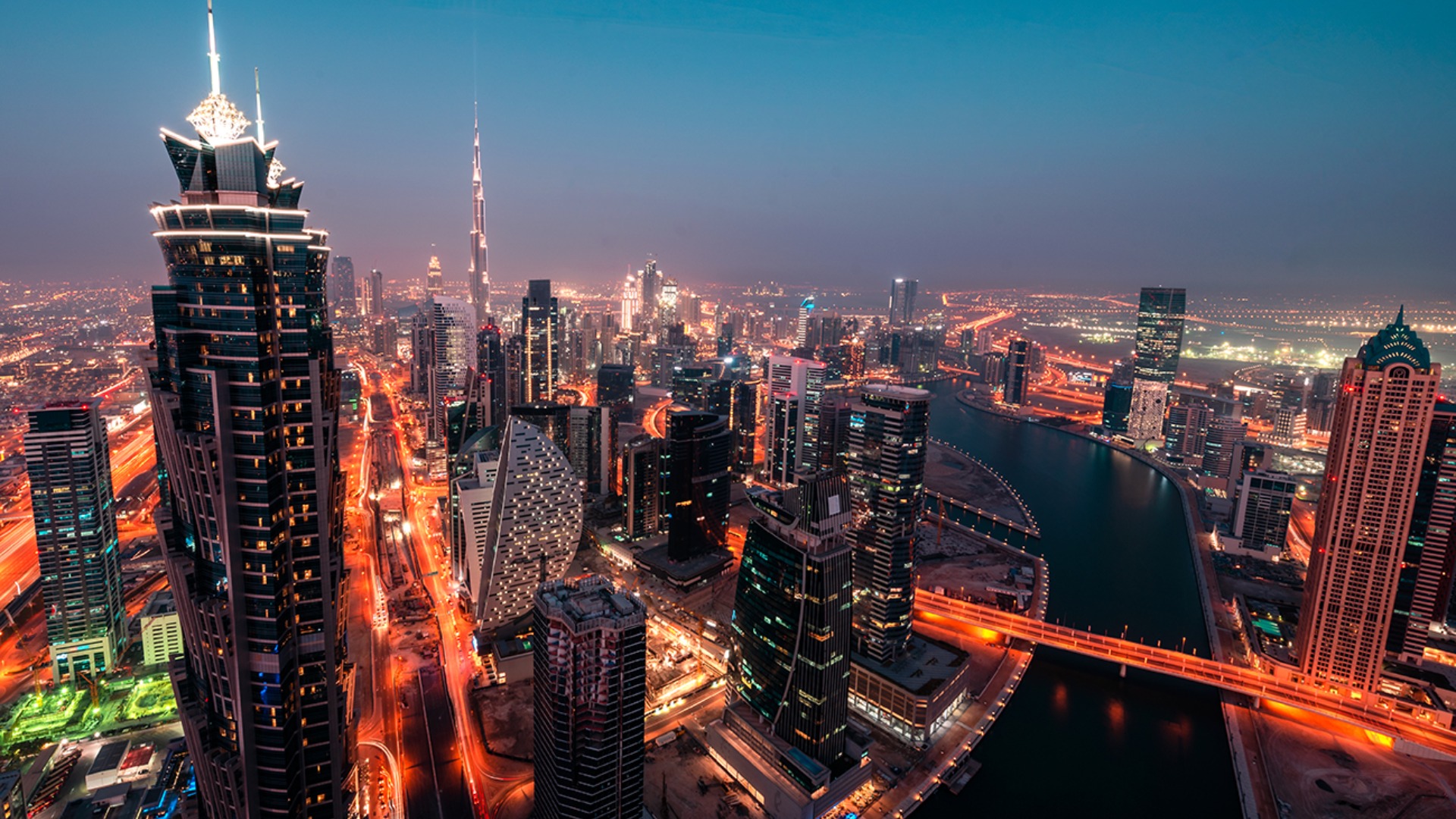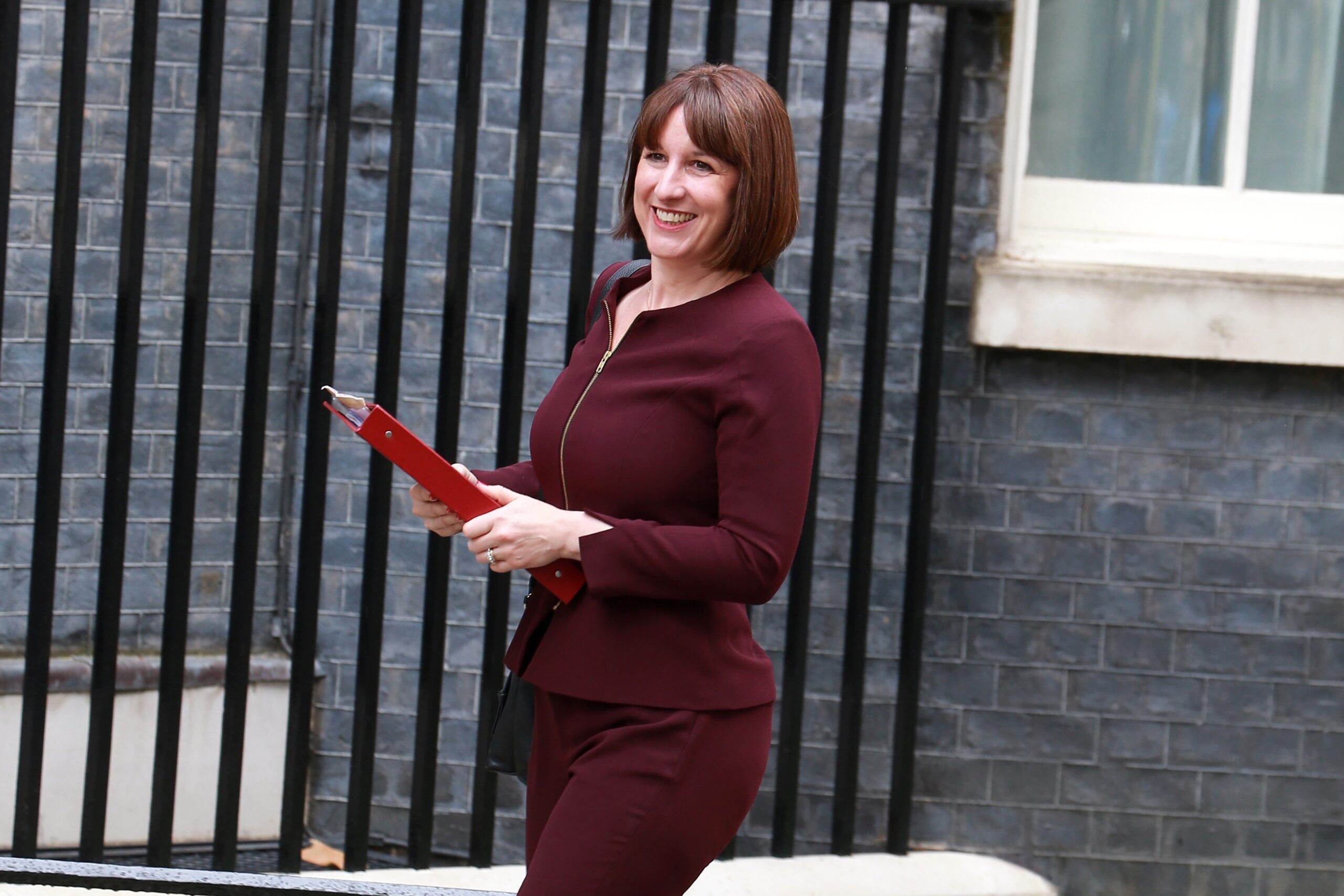
Posted on: 15th January 2019 in Dubai
Expats in Dubai will be relieved to hear that the UAE economy is predicted to grow at a healthy average rate of 3.8% over the next five years. That’s according to the Dubai Chamber of Commerce and Industry in January 2019. 2017 saw the UAE’s overall economy grow by only 0.8% after OPEC pressure on oil output and a slide in crude prices. But – thanks to a slew of government initiatives announced in April – the immediate future is expected to be brighter for both halves of the economy: oil, and non-oil. The National summarises that, “the non-oil economy of the UAE is projected to grow by an average of 4.1 per cent annually between 2019-23, compared to the 2.8 per cent recorded in the 2014-18 period.” In the non-oil economy, transport and communications are set for 7.9% average growth till 2023, construction 4.2% and real estate and business 3.8%.We have 18 offices across the globe and we manage over $2billion for our 20,000+ clients
Get started
Digital Assets: From Fringe to Framework A Responsible View for Internationally Mobile Investors Executive Summary Digital assets have moved from the fringes of finance into mainstream discussion. The arrival of...
Read more
Across the global expatriate market, one product category is showing unprecedented momentum in 2025: Indexed Universal Life (IUL). As client expectations move toward solutions that combine long-term protection, tax-efficient wealth...
Read more
Chancellor Rachel Reeves delivered her second Autumn Budget in dramatic circumstances, after the Office for Budget Responsibility (OBR) accidentally released its full economic outlook online 45 minutes before her speech....
Read more
In today’s world, much of our lives are lived online. From email accounts and social media profiles to digital wallets and online businesses, we’re building a digital legacy—often without realising...
Read more